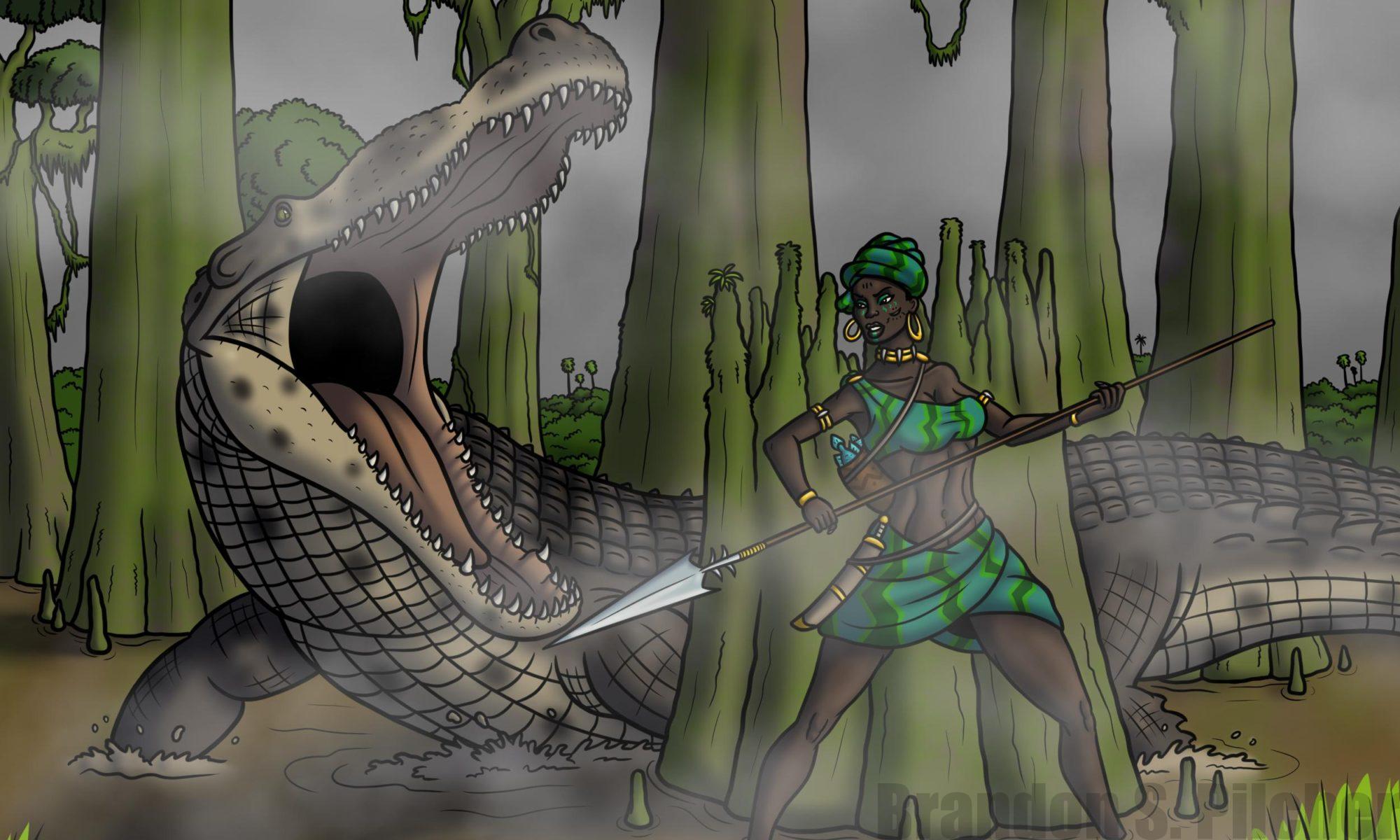At some point during this year, you might have encountered the abbreviated term “NFT” on the Internet. Most often, this is in reference to the sale of digital artwork or other images being sold and purchased online for what can be colossal amounts of money. For example, an entire series of NFTs known as the “Lazy Lions” — all of them simple cartoon depictions of lions with assorted expressions and articles of fashion — has sold for 1.93 million US dollars in total, with the statistically average price for a Lazy Lion NFT approximating $5.6 grand. Over the course of 2021, the NFT market has ballooned, with websites such as Crypto.com and OpenSea being dedicated to the selling and auctioning of these images.

As a professional digital artist myself, it wouldn’t be honest of me if I said that I wasn’t tempted by this trend at first. Full-time artists like myself commonly struggle with earning enough income to get through life as independent citizens, in no small part because customers willing to pay for commissions or printed copies of our work can be few and far between for most of us. If people are willing to pay several grand for simple cartoon portraits of lions (or, alternatively, apes) in NFT form, then one can be forgiven for thinking that selling our works on the burgeoning NFT scene might be lucrative for themselves.
However, I have since changed my mind. I no longer think NFTs are worth it for artists like me and can in fact have undesirable consequences not only for ourselves but also all of humanity.
But first, I must explain what an NFT is.
The term “NFT” is short for “non-fungible token”. Each NFT is a unique and non-interchangeable unit of data that is recorded in a sort of digital ledger known as a blockchain. Previously, blockchains have been used as a basis for special “virtual currencies” (or cryptocurrencies) like Bitcoin, which have proven particularly popular with right-wing “libertarians” as well as criminals since they operate independently of any national government. Just as people would record transactions paid with cryptocurrencies in their blockchains, now they use the same technology to record NFTs they have obtained.
How does this apply to art? Herein lies the catch. When someone buys an NFT based on a piece of digital artwork, what they are buying is not the artwork itself, but a unique digital receipt saying they own that artwork which goes into their blockchain ledger. Nothing is printed and shipped to their home, nor is any new artwork created for their use as in a commission. All they have purchased is a little note that says, “I own this.”
If you think about it, it is not only the work an artist has produced themselves that can become NFTs. One could theoretically download any image from the Internet and use it to sell NFTs, and indeed many unscrupulous individuals have profited off making NFTs out of artwork they have stolen from others. We artists already have enough of a problem with thieves using our work to sell products without permission or compensation, and yet the rise of NFTs appears to have aggravated this ill even further.
This, by itself, might not deter an artist from making NFTs of their own work, any more than earlier forms of art theft have discouraged us from sharing and selling our work. Personally, I have decided that I am more honored by people buying a physical print of my work to exhibit at home or in public, or paying me to make new artwork, than I am by someone buying a mere digital receipt for their blockchain that claims they own a work I created. But, as I said earlier, I can see why other artists might want to take advantage of the NFT market.

There is still a fundamental problem with NFTs, and anything based on blockchain technology in general, and that is that the entire process of recording transactions on blockchains consumes a shockingly high amount of electric energy due to its computational complexity. One simple transaction on a blockchain platform like Ethereum (which is one popular with NFT vendors) can consume over 180 kilowatts of energy, exceeding six days’ worth of electric consumption for the average American household. The average NFT transaction can be even higher than that, reaching up to 340 kilowatts on some websites, equating to a typical resident of the European Union’s consumption of electricity over one month. One shudders to think of the collective footprint of all the NFTs that have been sold to blockchains all over the world.
In a world where we got all our electricity from nuclear or renewable sources, this might not seem so bad. In the real world, on the other hand, we are still predominantly dependent on fossil fuels like coal, natural gas, and petroleum to produce our electricity (among other technologies). This continues to flood our atmosphere with an excess of greenhouse gases at a rate unprecedented over hundreds of millennia, with disastrous effects on our global climate that kill more than 150,000 human beings every year. Mind you, most of these greenhouse gas emissions (about 71%) are coming from the activities of only a hundred major corporations rather than all the NFTs combined so far. But, considering that NFTs amount to nothing more than glorified receipts in online ledgers, they are not worth the additional wounds they inflict upon our planet.
Every artist wants to profit from their work, but nobody wants to live in an overcooked world. So, while we are still dependent on destructive fossil fuels for our electrical needs, I would not recommend bothering with NFTs at all.



